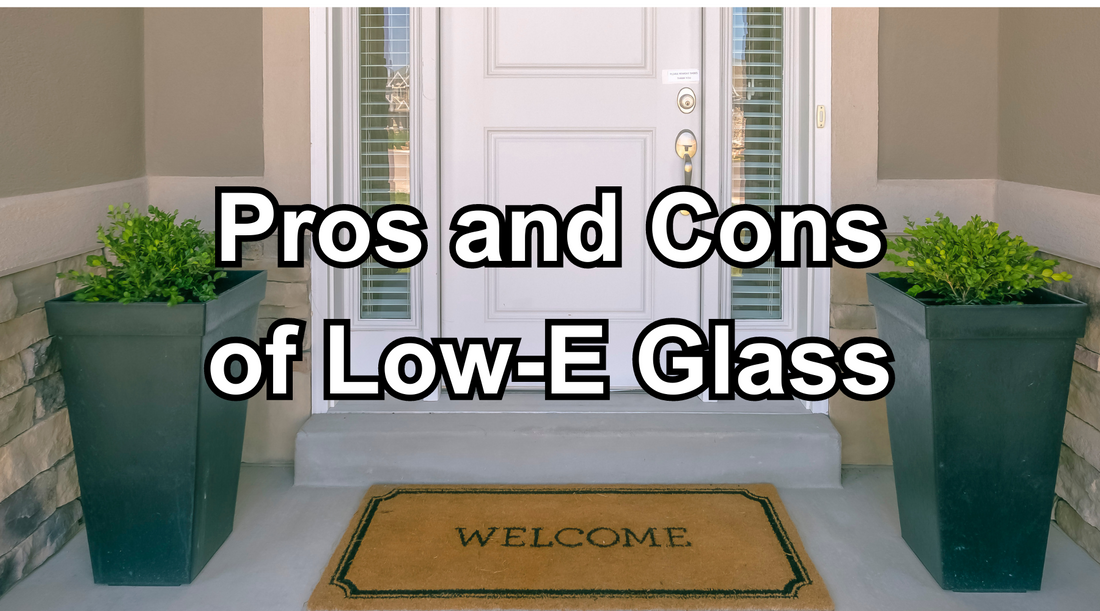
Pros and Cons of Low-E Glass
Low-Emissivity (Low-E) glass has become a popular choice for homeowners and builders looking to enhance the energy efficiency of buildings. While it offers many benefits, like any material, it also has its drawbacks. Understanding both the advantages and limitations can help you decide if Low-E glass is the right choice for your windows. Here’s a detailed look at the pros and cons of using Low-E glass in your home.
Pros of Low-E Glass
-
Energy Efficiency: The primary advantage of Low-E glass is its ability to improve the energy efficiency of your home. By reflecting heat back to its source, it keeps your home warmer in the winter and cooler in the summer. This can lead to significant savings on heating and cooling costs.
-
Reduced UV Exposure: Low-E glass reduces the amount of ultraviolet (UV) light that enters your home. This protection helps prevent furniture, carpets, and curtains from fading due to sun exposure, extending the life of your interior furnishings.
-
Increased Comfort: Homes with Low-E glass windows experience fewer hot and cold spots, which creates a more comfortable indoor environment throughout the year.
-
Environmental Benefits: By reducing the need for heating and air conditioning, Low-E glass also lowers greenhouse gas emissions and your home’s overall carbon footprint, making it an environmentally friendly choice.
-
Potential Increase in Home Value: Because of its energy efficiency and the benefits it provides, installing Low-E glass can also potentially increase the value of your home.
Cons of Low-E Glass
-
Higher Initial Cost: Low-E glass is generally more expensive than ordinary glass. The initial investment is higher, although it can pay off in the long term through energy savings.
-
Less Solar Heat Gain: While reducing solar heat gain is beneficial in hot climates, in colder regions it might be a drawback during the winter months. Less solar heat means the house may rely more on heating systems, which could offset some of the energy savings.
-
Lighting: Some types of Low-E glass can slightly alter the natural light that enters the home, giving a slightly different tint compared to regular glass. This might affect the aesthetics of how natural light fills a room.
-
Condensation Issues: In some climates, Low-E glass can cause an increase in condensation on the outside of the glass, particularly during the summer. This is because the surface of the glass does not get warm enough to evaporate the dew or frost that forms.
-
Replacement and Repair: If a Low-E glass window is damaged, replacing it can be more expensive than replacing a regular glass window. This is due to the specialized nature of the glass and its coatings.
Conclusion
Low-E glass offers several substantial benefits, primarily related to energy efficiency and protection from UV rays. However, the initial higher costs and potential issues with solar heat gain and lighting effects are important to consider. Your decision to use Low-E glass should be based on your specific needs, climate, and budget. For many, the long-term savings and comfort improvements make Low-E glass a worthwhile investment in building or renovating a home.
